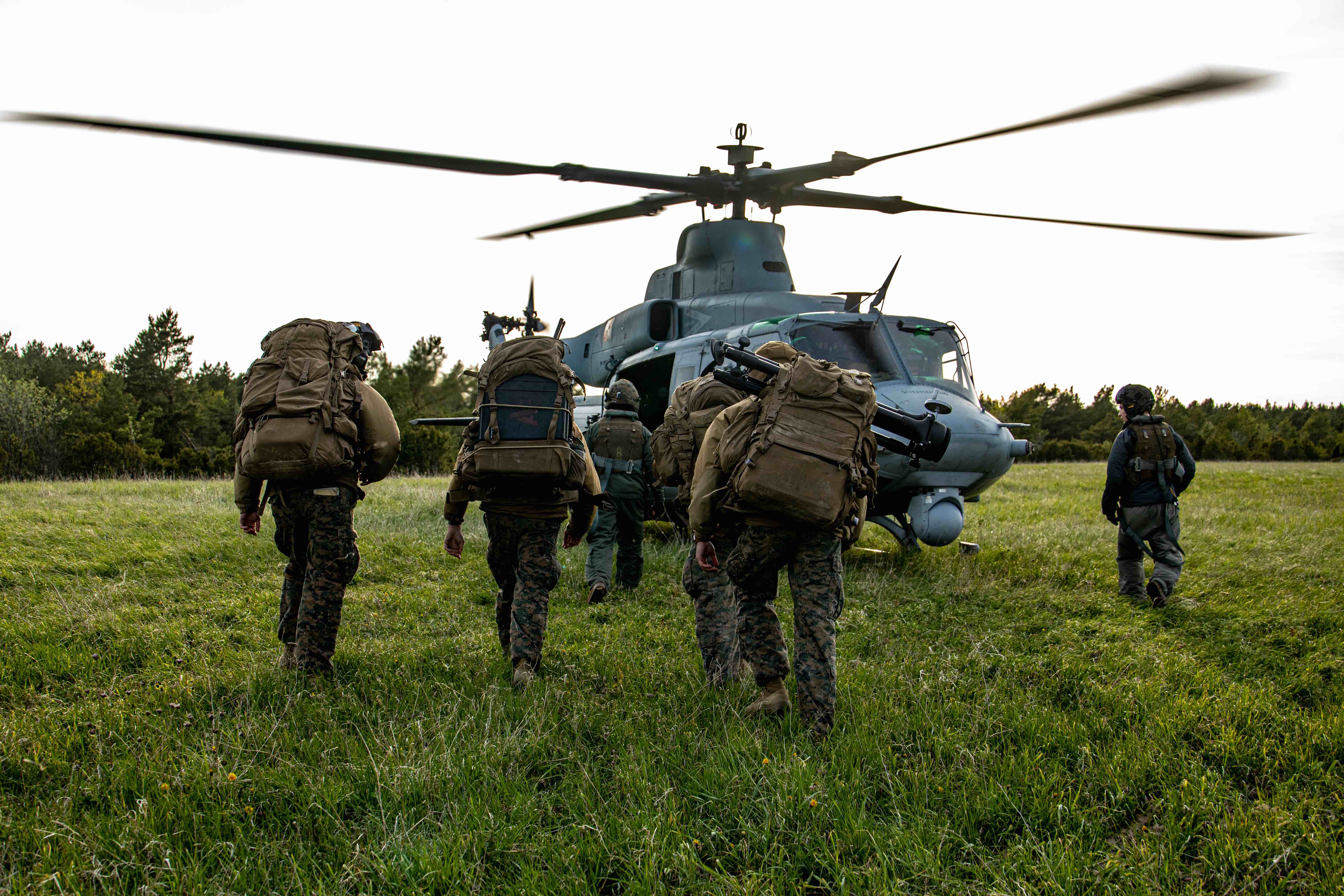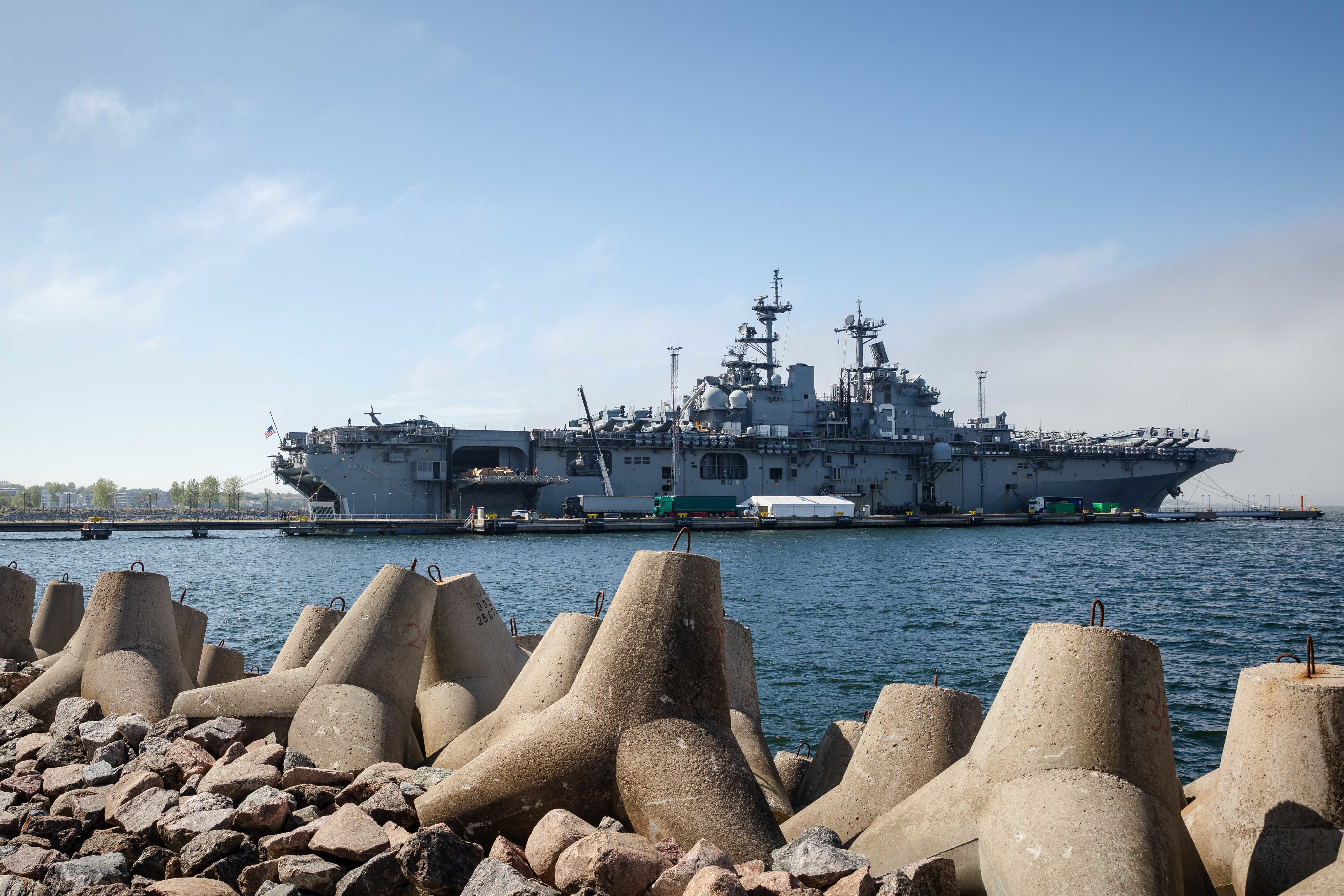
Despite the Kremlin’s heavy losses in invading Ukraine, the Russians are “going to come back stronger” in a year or so to threaten the Baltics, Estonian Ministry of Defence Permanent Secretary said on Thursday.
Speaking at a Center for Strategic and Budgetary Assessment event, Kusti Salm said that even given Moscow’s rising number of casualties, destruction of armored forces and depletion of precision-guided weapons, the Kremlin can still mass fires as it is showing in fighting in eastern and southern Ukraine.
He called NATO’s “trip-wire” strategy and even its “forward presence” in limited numbers obsolete in light of Russia’s Feb. 24 invasion of Ukraine.
Because the Baltic nations are on Russian borders and small, they could be quickly overwhelmed in a full-scale Russian invasion.
“Deterrence by denial,” Salm said Wednesday, cannot be achieved by a battalion of NATO troops in his country or any other Baltic member of the alliance. He called it “a joke” that “the second largest nuclear nation would be deterred by a battalion.” The presence “has to be at the divisional level” to “be able to project power across the Russian border.”
Force structure on NATO’s eastern and southern flanks is expected to be high on the agenda at the alliance’s summit meeting later this month in Madrid.
In the first quarter of 2022, Salm added that Estonia has seen the need to “punch above [its] weight” and has been spending about 3 percent of its gross domestic product on defense. Among the systems he mentioned were anti-ship, anti-tank and anti-armor. At the same time, it has doubled its territorial defense force to 20,000 and is training and equipping it to defend against invasion.
The CSBA report on Baltic deterrence calls for the three nations to raise defense spending to 3 percent.
Salm said that the attitude of Estonia, Latvia and Lithuania toward Moscow now is “if you want to fight one Baltic state, you’ll fight all the Baltic states and NATO.”
He added later, “There is no stepping back” from Estonia’s building up its defenses and NATO’s need to remain unified. “We feel that the notion is there: ‘Let’s get it done’” when it comes to assisting Ukraine and raising the alliance’s capabilities.
Chris Bassler, one of the authors of the CSBA report on Baltic deterrence, said some of the larger powers inside NATO need to be asking “what are the front line states asking for” to deter Russia from turning on them.
He added that with so many weapons like Javelins, Stingers and sophisticated drones going to Ukraine, the United States could not be the single supplier of systems to the alliance, but all members needed to rebuild their stocks and lay aside prepositioned equipment for follow-on forces.

The report, prepared before Finland and Sweden applied for NATO membership, states, “While full integration of the national defense plans is likely not an attainable goal, the Baltic states should start by focusing on further coordination of regional investments in [intelligence, surveillance and reconnaissance], air and missile defense, and longer-range fires capabilities.” By doing this, they could reduce costs and increase interoperability with other alliance members.
Looking at continuing gaps in command and control among NATO forces, especially for forces that rotate between host nations, Jan van Tol, another author, said basic questions like “who’s going to be where” and when need to be addressed. Another important question is whether alliance forces now rotating in the Baltic should be permanently stationed there, he added. The report calls for doubling the number of NATO forces in the three Baltic nations, he added
CSBA also recommended rotating F-35 Lightning II Strike Fighters to the Baltics to better coordinate air defense and policing. Bassler said the F-35s provide “instant interoperability.”
Van Tol said that maritime defenses were not addressed in detail because the report was finished before Finland and Sweden applied for membership. A lesson the Baltics could learn from Ukraine is the value of anti-ship missiles. Ukraine’s use of these missiles has made Russian ship captains feel more threatened after the sinking of RTS Moskva (121) and has been a factor in fighting there.
He added another lesson for the Baltics would also include “mines are a poor man’s weapon” in naval defenses.





